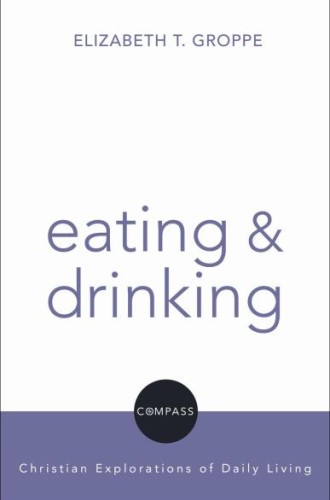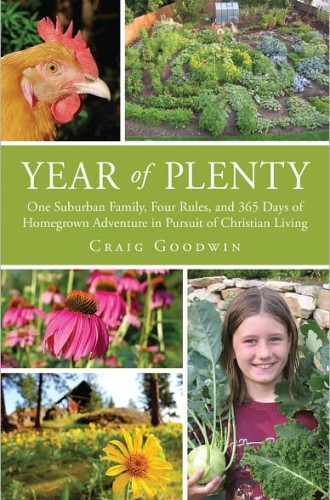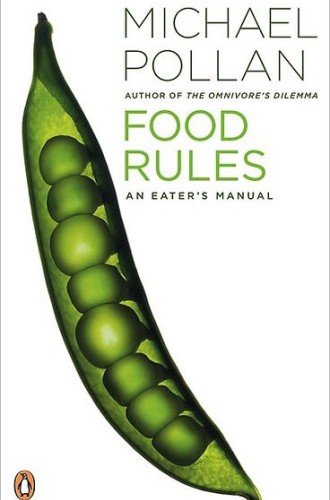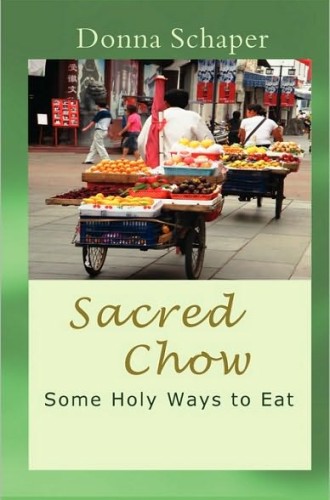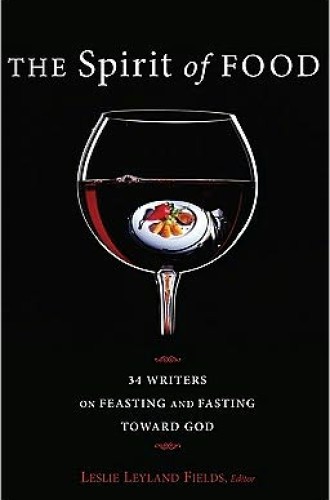Foodie nation
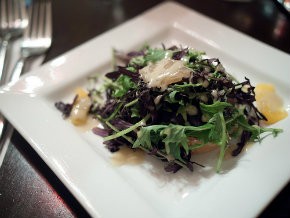
Late in her life, my mother confessed that she never enjoyed cooking very much. "But," she said, "I did take satisfaction in serving simple and healthy meals to my family."
Well, there is no such thing as a simple meal anymore. We have become a nation of foodies. Eating out is a national pastime. Culinary schools proliferate. Cookbooks take up more and more shelf space in bookstores and homes. And food is not just for eating anymore. A TV network devoted to food allows you to spend all 24 hours watching people prepare or consume food. The programming has been labeled "gastroporn."
Food has become complicated in other ways as well. How we produce and deliver food has become a serious environmental issue. Films like Food, Inc. and books like Fast Food Nation report that much of the global supply of food resources are now controlled by a handful of enormous agribusiness companies. The resulting change in the way we eat threatens both our personal health and the health of the planet. It is estimated that almost 1 billion people suffer from hunger, while in the United States a third of the population is obese and the weight-loss industry makes $40 billion a year. Crops are often harvested by exploited farmworkers. The meat we eat often comes from abused animals. Whole countries can be destabilized by our demand for foods like coffee or bananas. These are all symptoms of what Michael Pollan has called "our national eating disorder."


